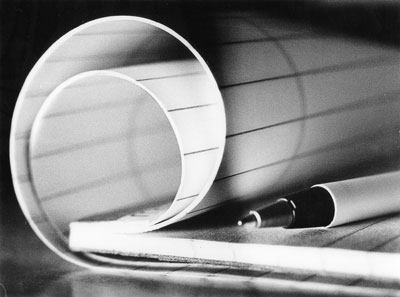All Nonfiction
- Bullying
- Books
- Academic
- Author Interviews
- Celebrity interviews
- College Articles
- College Essays
- Educator of the Year
- Heroes
- Interviews
- Memoir
- Personal Experience
- Sports
- Travel & Culture
All Opinions
- Bullying
- Current Events / Politics
- Discrimination
- Drugs / Alcohol / Smoking
- Entertainment / Celebrities
- Environment
- Love / Relationships
- Movies / Music / TV
- Pop Culture / Trends
- School / College
- Social Issues / Civics
- Spirituality / Religion
- Sports / Hobbies
All Hot Topics
- Bullying
- Community Service
- Environment
- Health
- Letters to the Editor
- Pride & Prejudice
- What Matters
- Back
Summer Guide
- Program Links
- Program Reviews
- Back
College Guide
- College Links
- College Reviews
- College Essays
- College Articles
- Back
Pepakura
Did you know there is a papercraft that people have used to make helmets and costumes? It is called pepakura. Pepakura is a type of papercraft which uses a computer program to import a 3-D computer model which has been made by someone. The pepakura computer program allows people to “unfold” the model into pieces that will be printed off on cardstock. The pepakura computer program, which anybody would need in order to print off the pieces, is completely free. The program to make the 3-D models is quite expensive.
I have been researching the topic of pepakura for our 8th grade culminating project. Some key things I’ve learned about it are people make accurately detailed helmets and props, usually from popular video games. I am currently making one and it is my first one ever. I find it challenging at times, but overall, I feel quite confident I can finish it. The model I am working on is the Iron Helmet from Skyrim. I have the front and back completed, but the most challenging part is the horns. Since the horns curve, the paper pieces are at an odd angle. The paper curves in a very odd way to form the horns.
It’s really incredible how people make these helmets and props which start out from paper and eventually turn into these high quality works of art. The people who transform these paper models into custom helmets use many different materials. They use Bondo on the outside in order to smooth out the edges. One person used mustard to help make scratch marks on his helmet. The mustard allowed bumps to be formed when the mustard is painted over. The person pricks off the dried mustard with a toothpick. Under the mustard is the layer of paint the new one has covered over, which was a metallic color.
One other impactful aspect of the topic I explored was the people who used pepakura. Shawn Thorsson has made many helmets using not only pepakura, but also different materials. For example, Thorsson used wood and plastic pieces for detailing his helmet, rather than using pieces that could have been made out of pepakura. Thorsson was also the one who used mustard on his helmet to create scratches. I have also found out that Thorsson creates one pepakura model to use as a molding base. Basically he hardens the helmet once it is constructed, but rather than painting it to his liking, he covers it in the material he uses for his molds. This way, Thorsson does not have to keep building the model over and over again.
This has shown me the creativity and time involved in making a pepakura model. Creating your first one isn’t easy, but you will get better over time, if you still want to make more models. I am glad I created a pepakura model myself, for I would not have known how hard it is to make one as a beginner. I hope to make more models and become better over time.
I think the way I want this project to impact me is by now only giving me more knowledge about pepakura and the process of making a model, but to also tell others about it. I think everyone should be able to make their own pepakura model, just to experience the creativity of it. I hope someone out in the world will be influenced by this and will want to start making their first model.

Similar Articles
JOIN THE DISCUSSION
This article has 0 comments.
